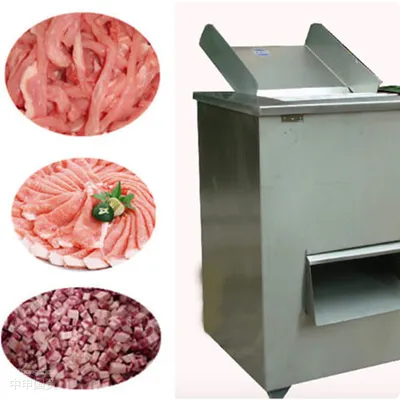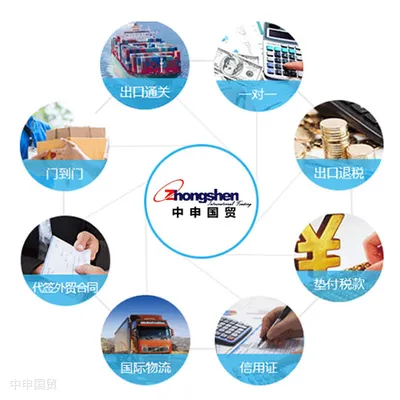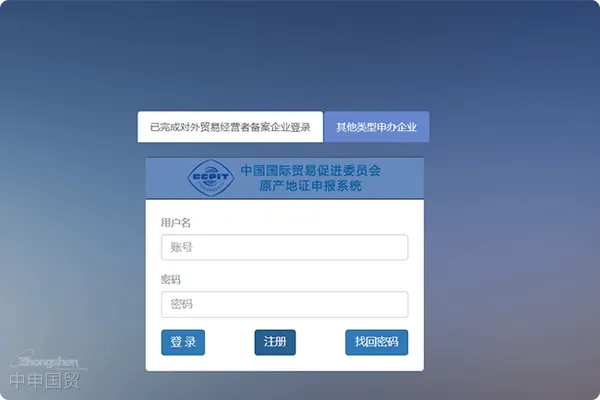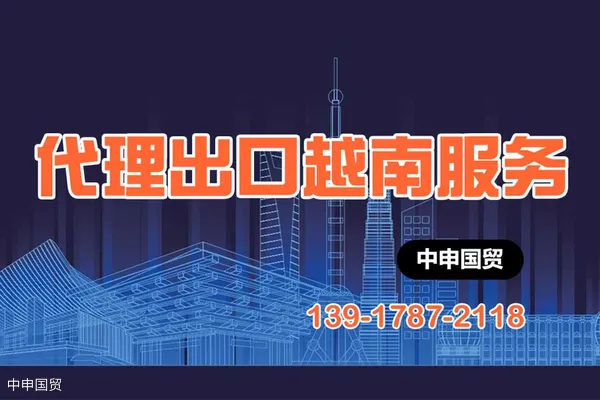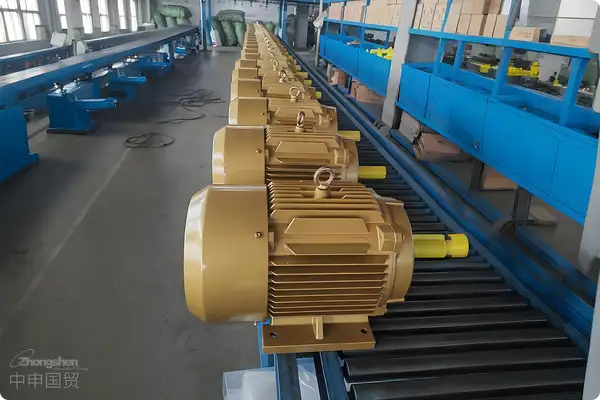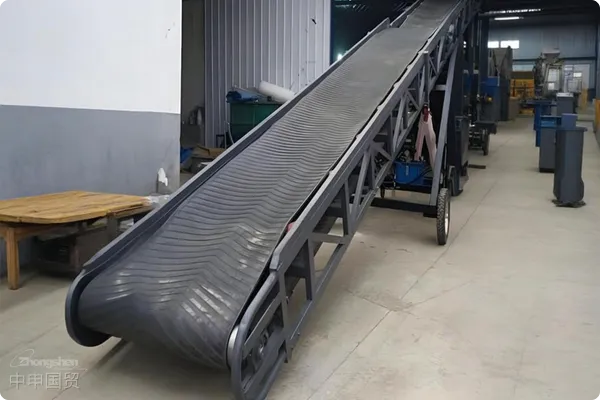- Shanghai Zhongshen International Trade Co., Ltd. - Two decades of trade agency expertise.
- Service Hotline: 139 1787 2118
Procedures and tariffs for the export of meat cutters to Vietnam
- Category:Machinery & Equipment
- |
- Date: August 11, 2024 13:56
Meat cutting machines are widely used equipment in the food processing industry for cutting, slicing, and processing various types of meat, including beef, pork, lamb, and poultry. These machines are designed to improve the efficiency and safety of meat processing while ensuring precision and consistency in meat cutting. This article provides a comprehensive guide to exporting meat cutting machines to Vietnam, covering product certification, export documents, safety standards, tariffs and taxes, local agents, and product adaptability surveys. Precision and consistency in cutting.
Product Details
Meat cutting machines are widely used equipment in the food processing industry for cutting, slicing, and processing various types of meat, including beef, pork, lamb, and poultry. These machines are designed to improve the efficiency and safety of meat processing while ensuring precision and consistency in meat cutting.
Exporting high-quality meat cutting machines to Vietnam requires not only compliance with a series of product conformity and certification requirements but also a deep understanding of Vietnams import regulations and market preferences. Below are some basic steps and requirements to help export meat cutting machines to Vietnam:
Product Compliance and Certification:
CE认证:Although the CE mark is a safety certification for the EU, many countries, including Vietnam, recognize it as a guarantee of safety. Ensure your product complies with relevant EU directives, such as the Machinery Directive 2006/42/EC.
Export Procedures and Documents:
(1) Commercial Invoice:Provide a detailed description of the products, quantity, unit price, and total price.
Provide a packing list, detailing the contents of all packages.List the specific items included in each package.
(3)It is recommended to verify through the following methods:Certificate of Origin:Indicate the country of manufacture to help Vietnamese customs determine any applicable preferential tariffs.
(4) Shipping Documents:such asMaritime Transportationthe bill of lading orAir TransportationBill of Lading (B/L) as proof of shipment.
(5) Product Manual and Technical Specifications:Providing a Vietnamese version can help local users better understand and operate the product.
(6) Import License (if applicable):Some machinery equipment may require a special import license to enter Vietnam.
Compliance with Vietnamese Safety and Hygiene Standards:
Given that meat cutting machines are used in food processing, they must comply with Vietnams food safety and hygiene standards. This may include the machines materials, design, and ease of cleaning.
Tariffs and Taxes:
Understand Vietnams tariff policies on importing such equipment from your country. This may affect pricing strategies and final market competitiveness.
(1) Determine applicable tariff rates:Understanding Vietnams tariff rates for importing meat cutting equipment is the first step. This is typically based on the products HS Code (Harmonized System Code), which can be obtained through the Vietnam Customs website or by consulting professionalimport and exportconsultants.
(2) Value Added Tax (VAT):In addition to tariffs, imported goods usually require payment of VAT. In Vietnam, imported goods are also subject to VAT, with rates depending on the type and purpose of the goods.
(3) Special Consumption Tax:If meat cutting machines are classified as special equipment or luxury items, they may also be subject to Special Consumption Tax. While this is uncommon, its best to verify.
(4) Impact of Trade Agreements:Free Trade Agreements (FTAs) between your country and Vietnam may qualify products for tariff reductions. For example, Vietnam is a member of multiple regional and international trade agreements, including the ASEAN Free Trade Area and the Vietnam-EU Free Trade Agreement (EVFTA). Through these agreements, certain products may enjoy lower or zero tariffs.
(5) Tariff Reduction Procedures:If products qualify for tariff reductions, necessary documents must be prepared and submitted to prove compliance, such as Certificates of Origin. This typically requires detailed documentation of the production process and raw material sources.
(6) Calculate Landed Costs:When quoting customers, calculating landed costs after tariffs and taxes is crucial. This helps establish the right pricing strategy to ensure profitability while maintaining competitiveness in a challenging market.
Local Agents or Partners:
Consider partnering with a local agent or distributor who can assist with import procedures, marketing, and after-sales service. Their knowledge of the local market will significantly contribute to the products success in Vietnam.
Product Adaptation Survey:
Understanding the specific needs and preferences of the Vietnamese market may require certain product adjustments, such as voltage or plug type modifications, to better suit local conditions.
When preparing these procedures and documents, it is advisable to work withZhongShen International Tradesuch experiencedExport Representationa company that can provide detailed guidance and assistance to ensure all documents are accurate and comply with all applicable regulations and standards. Additionally, you may contact Vietnams trade representatives or commerce departments for specific guidance and requirements.

Related Recommendations
Category case
Contact Us
Email: service@sh-zhongshen.com
Related Recommendations
Contact via WeChat

© 2025. All Rights Reserved.沪ICP备2023007705号-2 PSB Record: Shanghai No.31011502009912
PSB Record: Shanghai No.31011502009912
